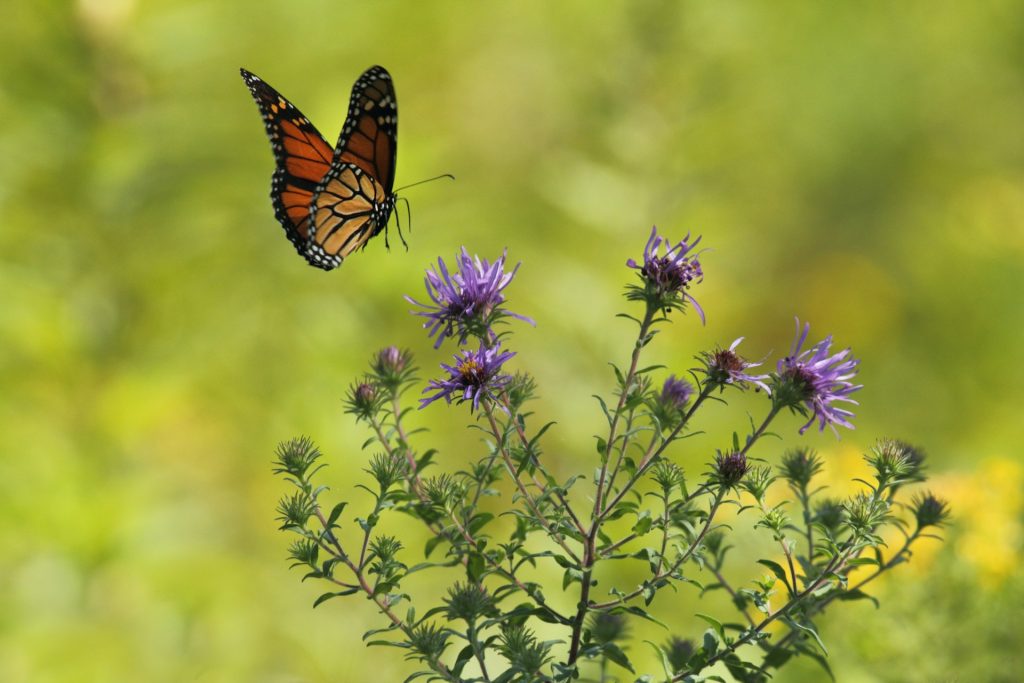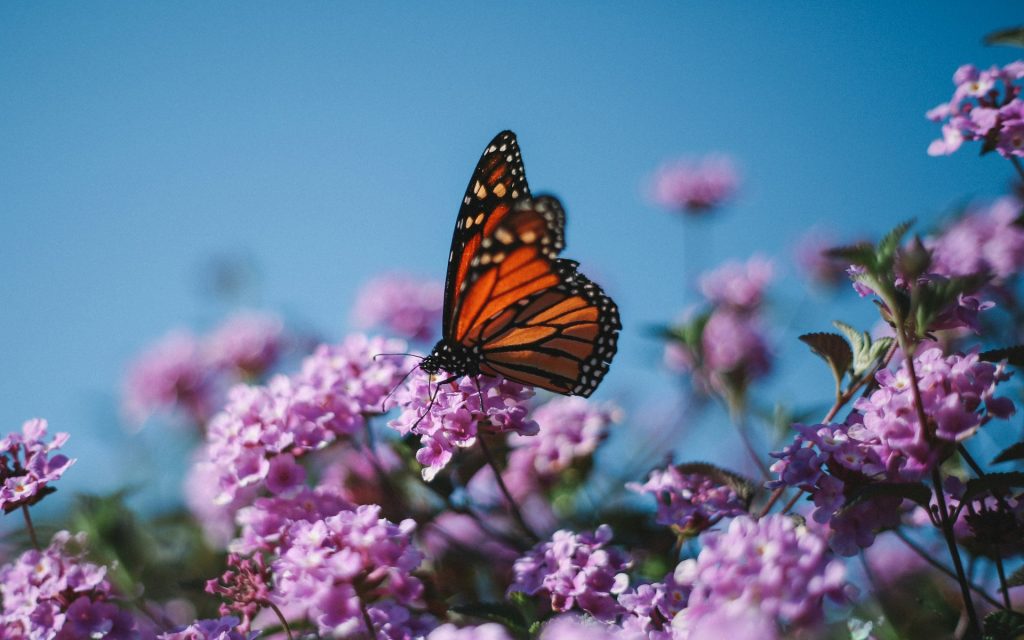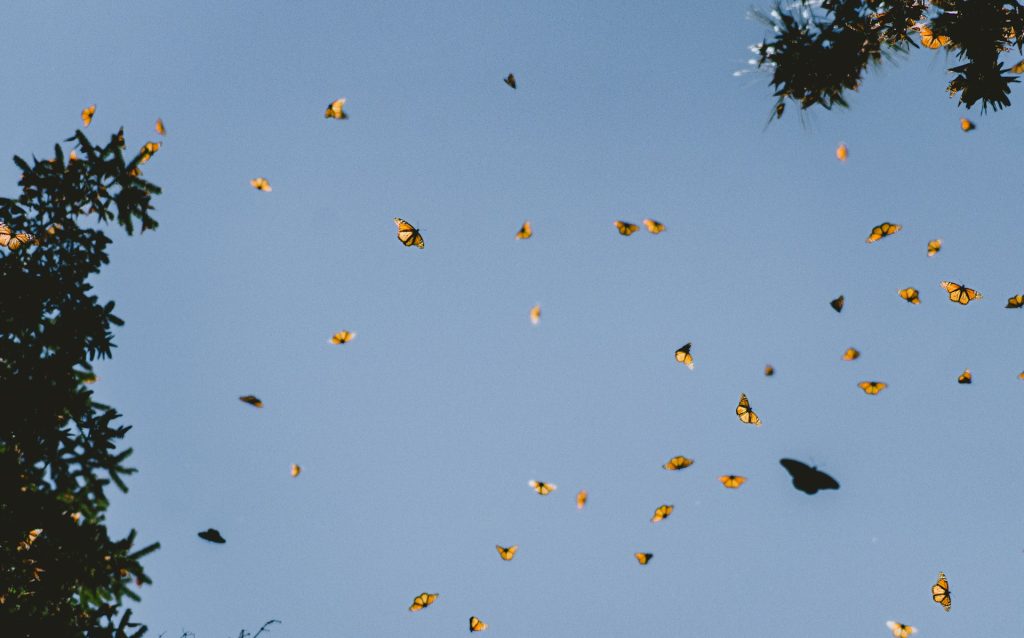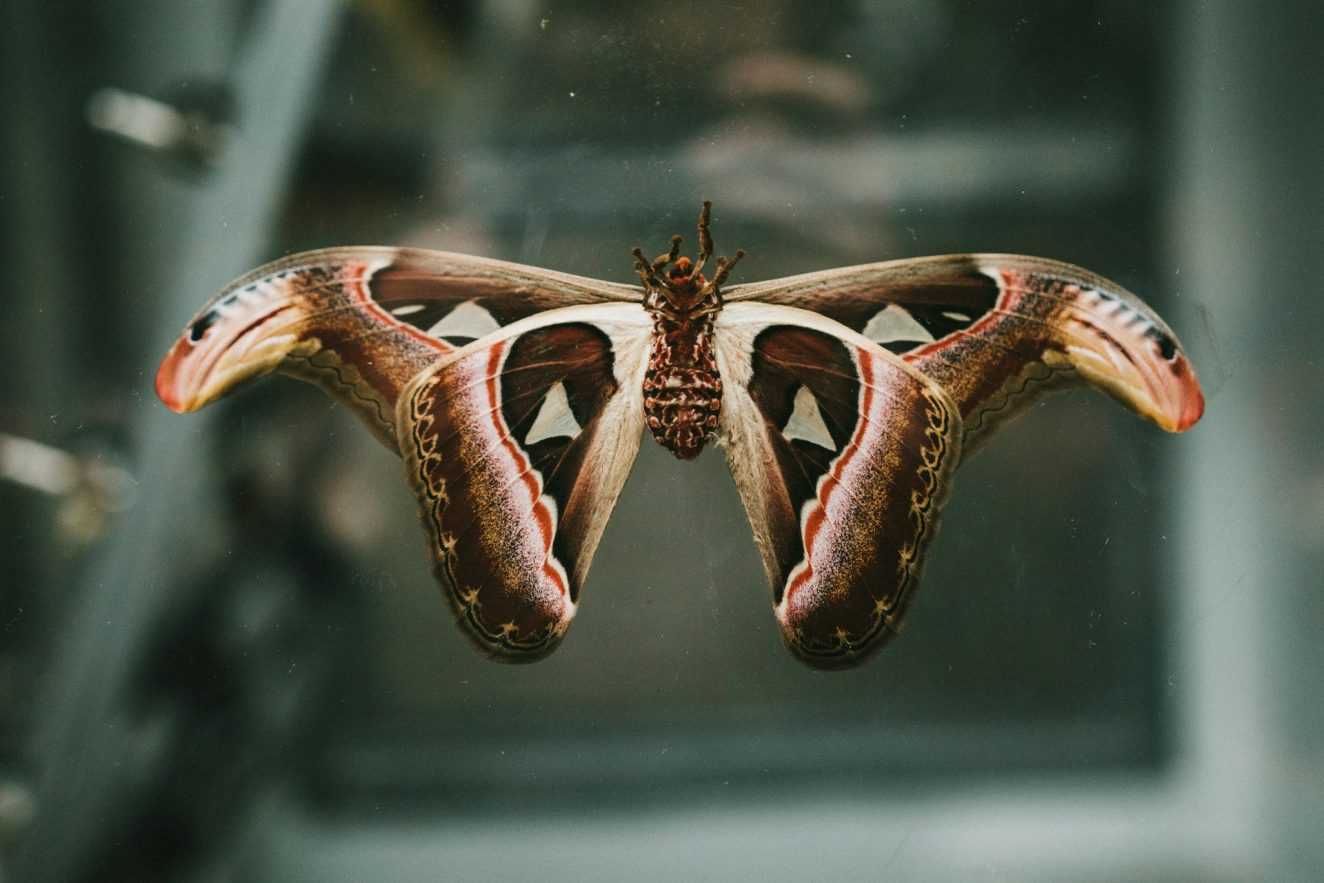Butterflies, with their delicate wings and vibrant colors, have long captured the human imagination, inspiring poets, artists, and scientists alike. But beyond their aesthetic appeal lies a world of astonishing facts and hidden wonders. In this article, let’s go on a journey to uncover nine fascinating facts about these enchanting creatures.

1. The Dazzling Diversity of Butterfly Wings
Butterflies’ wings are a canvas of nature’s artistry, showcasing a mesmerizing array of colors and patterns. These colors can be attributed to two distinct forms: pigment and structural. While pigment colors remain constant, structural colors produce iridescent effects that shift with the light, creating a captivating visual spectacle. The iconic morpho butterfly exemplifies this stunning combination of pigment and structural coloring.
2. Butterflies: A Global Phenomenon
Despite their ubiquity in popular culture, only a fraction of the world’s butterfly species call the United States home. With over 17,000 species worldwide, a mere 4% inhabit the US, with the cabbage white butterfly reigning as one of the most prevalent species.
3. Beyond Human Perception: Butterfly Vision
In a world where ultraviolet light remains invisible to human eyes, butterflies possess a remarkable ability to perceive these elusive hues. By detecting ultraviolet light, butterflies can discern colors beyond the human spectrum, utilizing this sensory advantage for mate selection and navigation.
4. The Art of Mimicry: A Butterfly’s Defense
Butterflies employ mimicry as a clever defense mechanism against predators. The viceroy butterfly, bearing a striking resemblance to the toxic monarch butterfly, capitalizes on this mimicry to deter potential threats. This mutual deception not only confounds predators but also showcases the intricate dance of survival in the natural world.

5. Tears of the Amazon: Unraveling Butterfly Behavior
In a curious display of behavior, butterflies in the Peruvian Amazon have been observed imbibing the tears of turtles. Far from a whimsical pursuit, this behavior serves a practical purpose: obtaining essential sodium, a nutrient scarce in their floral diet. Through ingenious adaptations, butterflies navigate the complexities of their environment with remarkable resourcefulness.
6. Guardians of Pollination: Butterfly Allies
While bees reign supreme as pollinators, butterflies play a vital role in ecosystems worldwide. Their unique ability to pollinate cotton flowers, overlooked by bees, enhances crop yields and fosters ecological diversity. Through pollination complementarity, butterflies contribute to the delicate balance of nature’s tapestry.
7. The Fleeting Beauty of Butterfly Life
Despite their ephemeral beauty, butterflies lead lives marked by transience. With adult lifespans ranging from a mere 1-2 weeks, these ethereal creatures undergo a metamorphosis journey spanning multiple stages. From egg to larva to pupa and finally to adult butterfly, their life cycle embodies the essence of transformation and renewal.
8. Majestic Migrations: The Monarch’s Odyssey
Monarch butterflies embark on epic migrations spanning thousands of miles, defying geographical boundaries and seasonal shifts. From the northern reaches of the US to the sun-drenched shores of Mexico, these intrepid travelers navigate vast distances with unwavering determination, a testament to the resilience of nature’s wonders.
9. Conservation Concerns: Protecting Butterfly Habitats
Despite their resilience, butterflies face myriad threats, including the encroachment of factory farming on their habitats. The expansion of agricultural land and the use of toxic pesticides pose grave risks to butterfly populations, endangering their survival and disrupting delicate ecosystems. By raising awareness and advocating for conservation efforts, we can safeguard the future of these exquisite creatures and preserve their irreplaceable beauty for generations to come.

Butterflies are truly one of nature’s marvels, representing the beauty of change and the strength to adapt. Their graceful dance through the air reminds us to appreciate the small wonders around us and to recognize the deep connections we share with all life on Earth. They’re not just insects; they’re symbols of growth and the beauty that comes from it.





